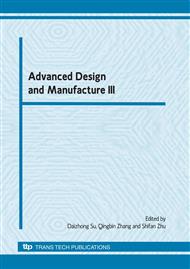p.548
p.552
p.556
p.560
p.564
p.568
p.572
p.577
p.581
A Skill-, Rule-, and Knowledge-Based Interaction Design Framework for Web-Based Virtual Reality Training Systems
Abstract:
Virtual Reality (VR) systems have been applied for education, training and entertainment purposes in the areas of military, safety training and flying simulators. In particular, Web-based VR training systems (WBVRTS) have been claimed to have great potential for many applications in training. However, WBVRTS are more complex compared with the traditional training methods which rely on manuals, instructions, and videos. Since VR not only reinforces the visual presentation of the training materials but also provides ways to interact with the training system, it becomes more flexible and possibly more powerful in designing the training system. In this study, we propose a WBVRTS framework based on SRK framework. A combat vehicle maintenance training system was developed into WBVRTS following the framework and structure. The proposed SRK framework for VR training system proved useful in guiding the design and development of the training materials. The study suggests that the design of VR as training tools should be based on user interaction and cognitive theories that support effective learning.
Info:
Periodical:
Pages:
564-567
Citation:
Online since:
November 2010
Keywords:
Price:
Сopyright:
© 2011 Trans Tech Publications Ltd. All Rights Reserved
Share:
Citation:


